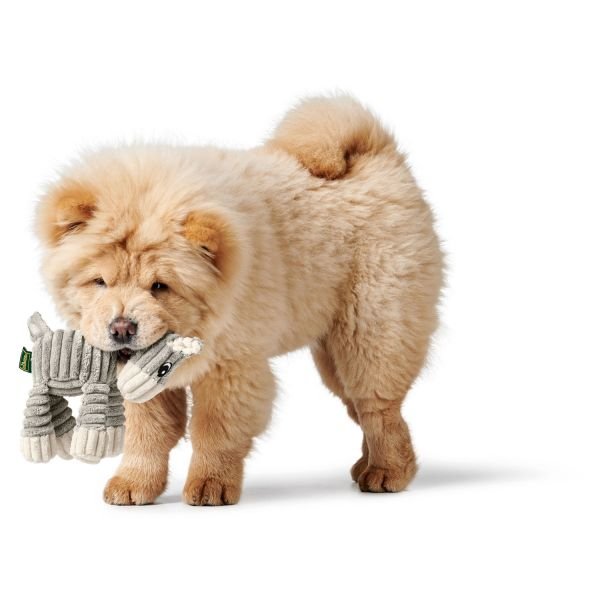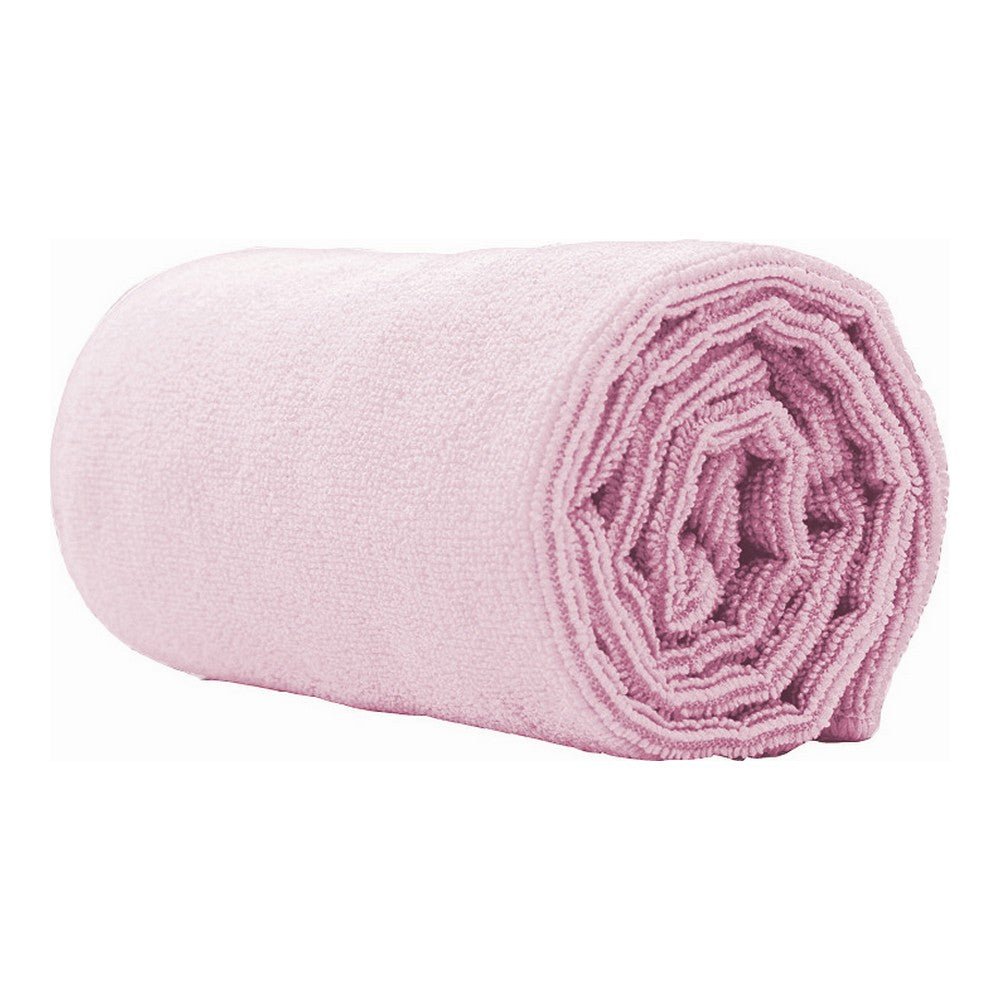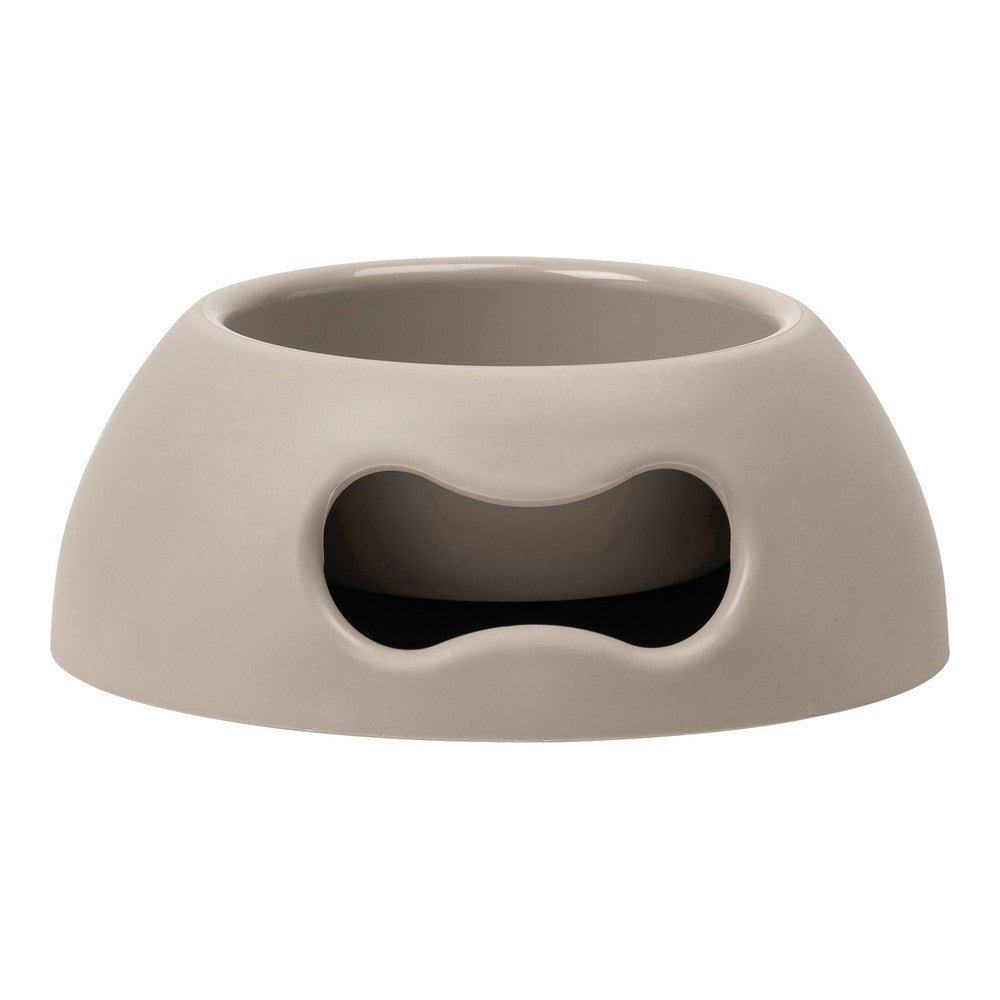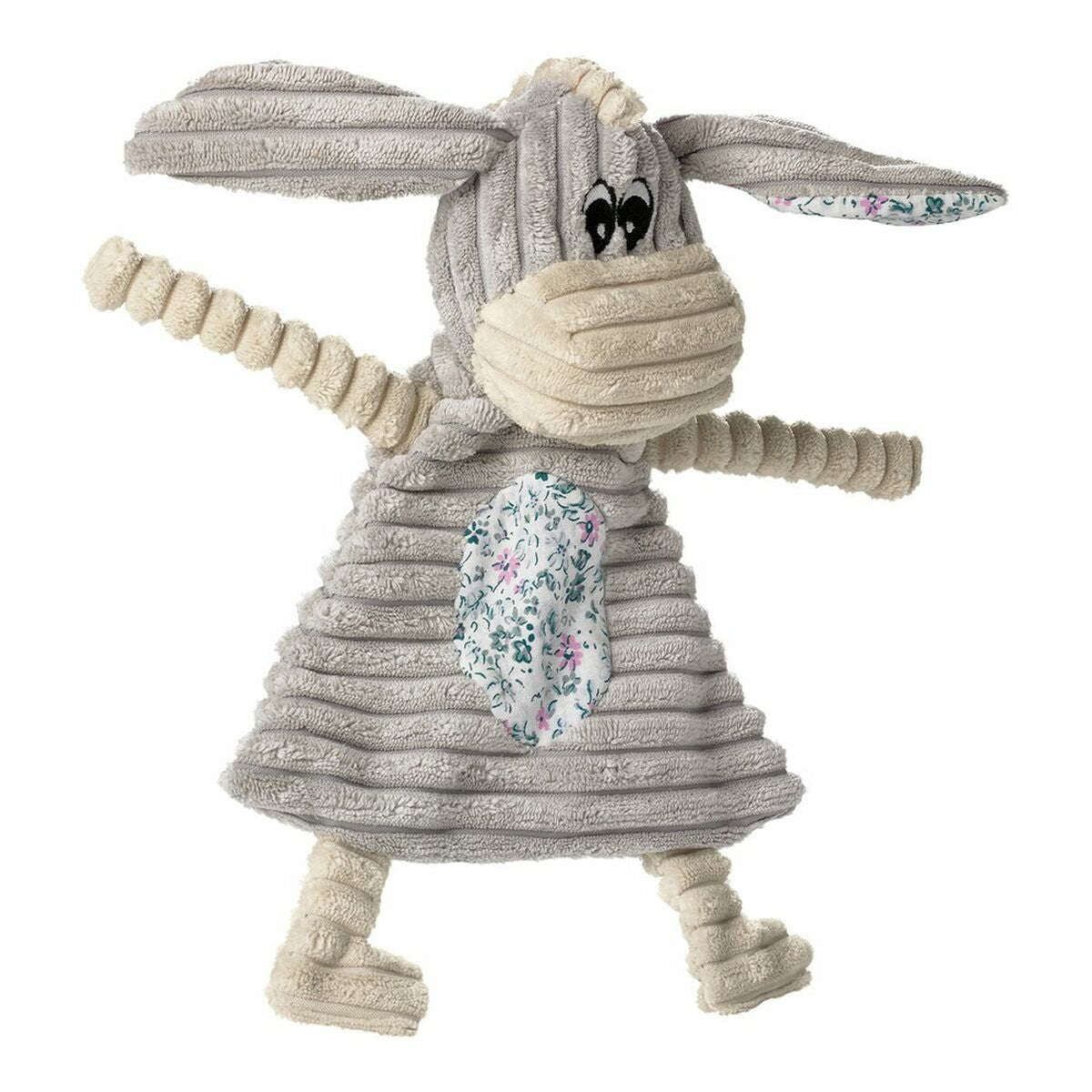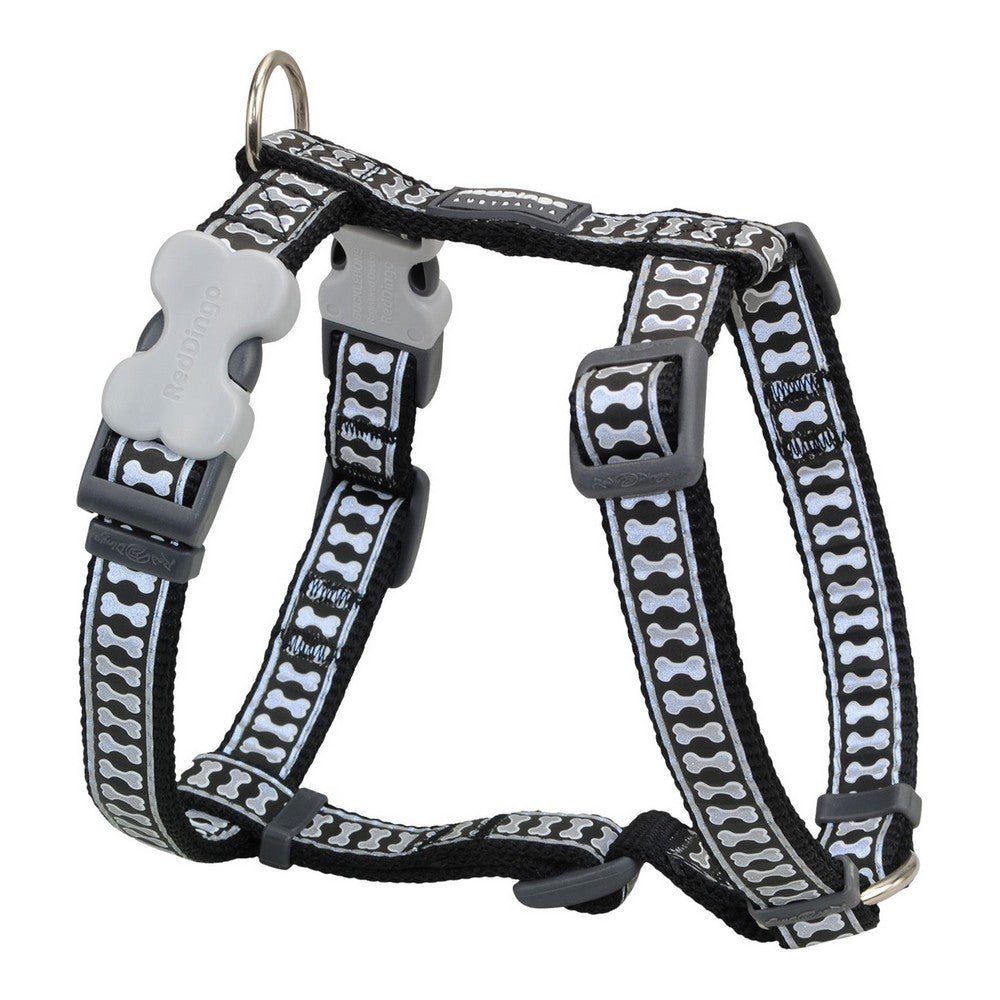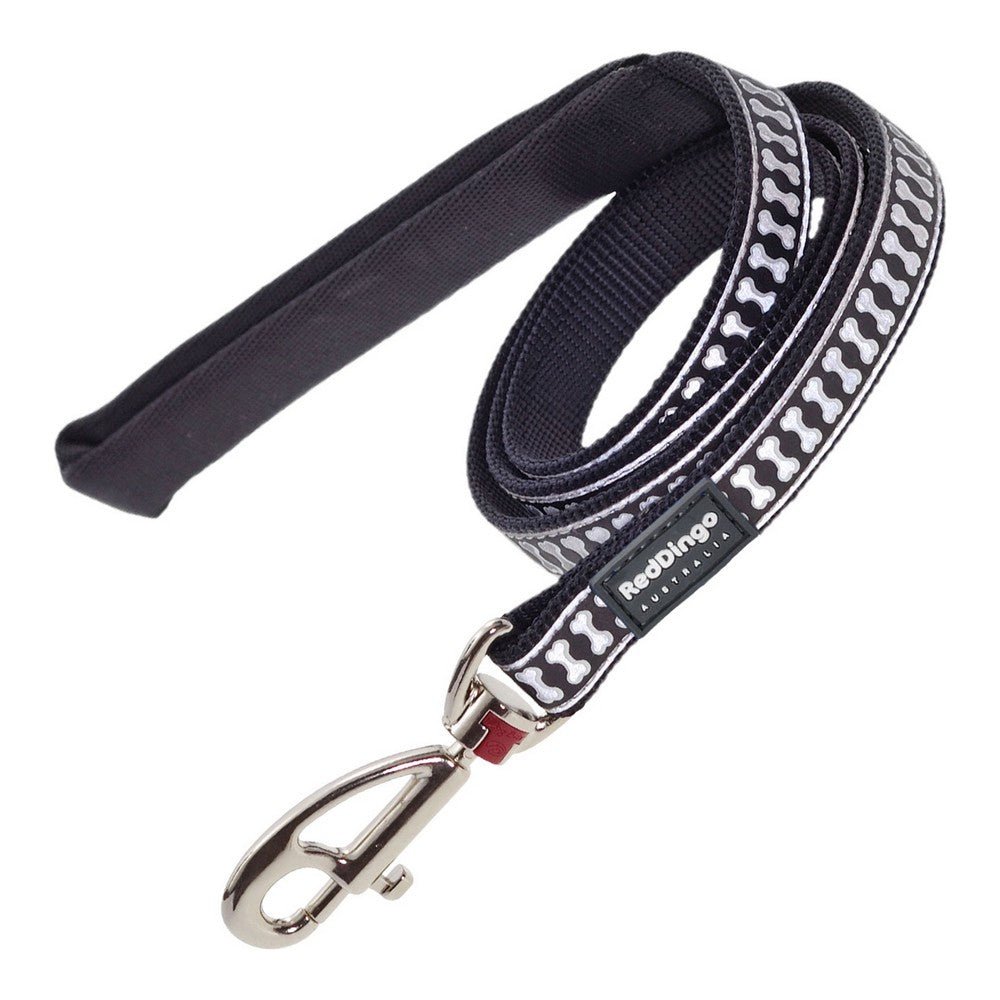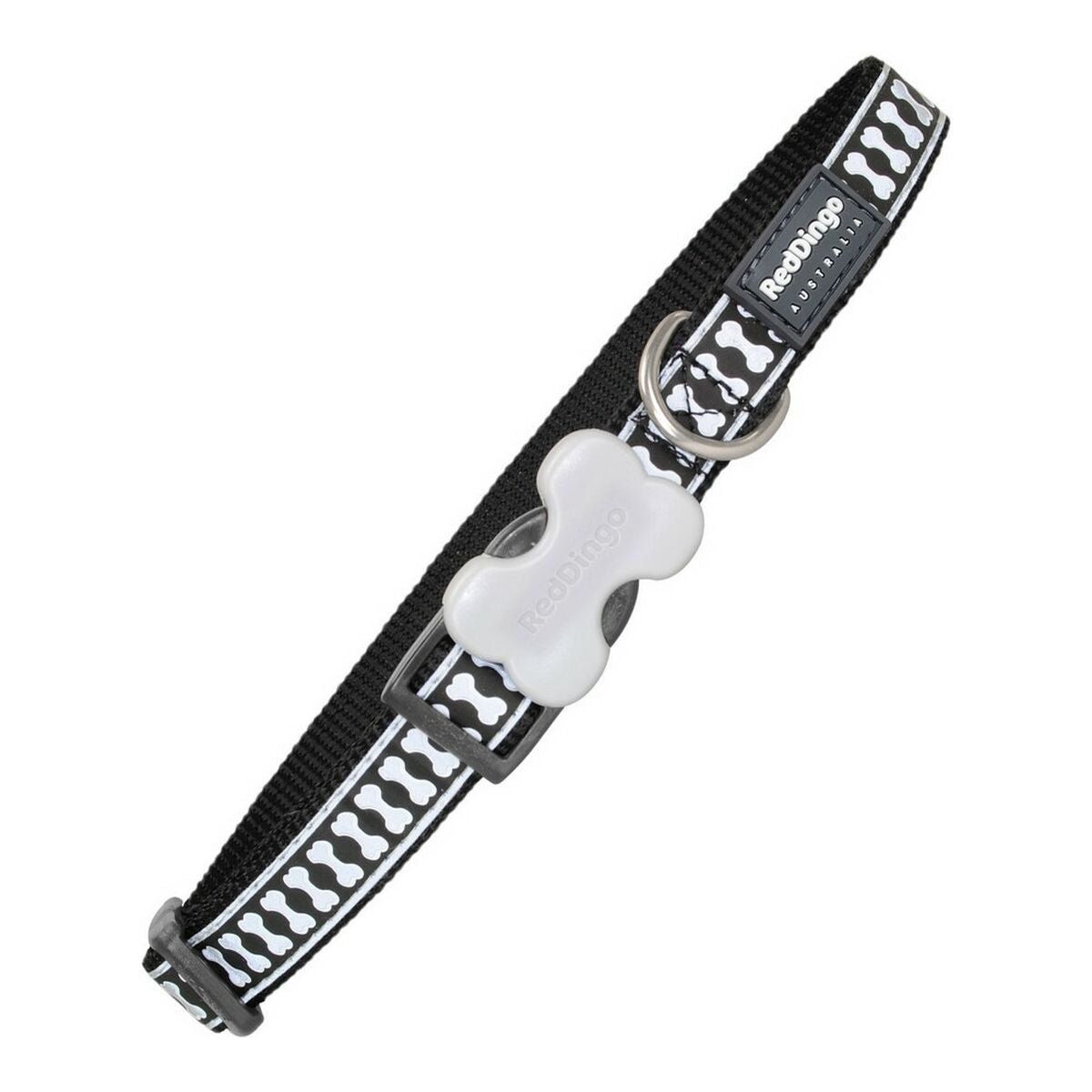Training your puppy to be alone is an important part of their upbringing. Not only does it give them a sense of independence and confidence, but it also allows you to leave the house without worrying about your puppy hurting itself or destroying your home. But when is it appropriate to start training your puppy alone and how do you do it the right way? In this article, we will answer these questions and give you some tips on how to succeed in solo training.
When can I start training my puppy alone?
It is important to wait until your puppy is old enough and ready to be home alone. A general guideline is to wait until your puppy is at least 3-4 months old before starting to train them alone. This is because younger puppies need more attention and supervision and can become restless or anxious when alone. When your puppy is ready to be home alone, you can start with short sessions and gradually increase the time over time.
How do I train my puppy alone?
Housetraining your puppy is about gradually introducing them to being home alone, so they learn to feel comfortable and safe even when you're not there. Here are some steps you can follow to train your puppy to be alone:
Introduce your puppy to his "safe place"
Create a safe and comfortable place where your puppy can rest and feel safe when they are alone. It can be a dog bed, a dog cage or a special corner in the room.
Leave your puppy alone for short periods of time
Start by leaving your puppy alone for a few minutes at a time. Make sure they have access to water and some toys to occupy themselves with. When you return, praise and reward your puppy for being quiet and calm.
Gradually increase the time
Gradually increase the amount of time you leave your puppy alone over time. Start with 10-15 minutes and then gradually increase to an hour or longer, depending on your puppy's age and needs.
Ignore your puppy when you return
When you return, ignore your puppy for the first few minutes to avoid reinforcing the attention-seeking behavior. Instead, give them attention and praise when they have calmed down.
Be patient and consistent
Training alone can take time and require patience and persistence. Be consistent with your training routine and be patient with your puppy as they learn to be on their own.
Use positive reinforcement
Positive reinforcement is an important part of solo training. Reward your puppy when they behave well by giving them praise, treats or toys. In this way, they will associate being alone with positive experiences.
Exercise your puppy regularly
Train your puppy to be alone regularly, even if you don't have to leave the house. This way, your puppy will get used to the routine and feel more comfortable when you actually leave them alone.
Avoid leaving your puppy alone for too long
Even if you gradually increase the time your puppy is alone, it is important to avoid leaving them alone for long periods, especially if they are still young. If you need to leave your puppy alone for long periods of time, consider hiring a dog sitter or taking them to a doggy daycare.
In summary
It is important to wait until your puppy is old enough and ready to be home alone before you start house training them. By gradually introducing your puppy to being alone and using positive reinforcement, you can train your puppy to feel comfortable and safe even when you are not around. Be patient and consistent with your training routine and avoid leaving your puppy alone for long periods of time. By following these tips, you can help your puppy develop a sense of independence and self-confidence, while giving you a safe and reliable dog.
Good luck!






